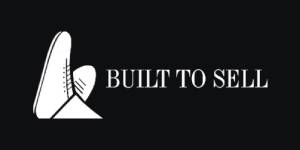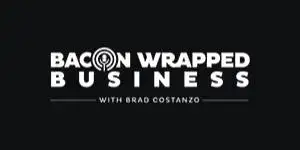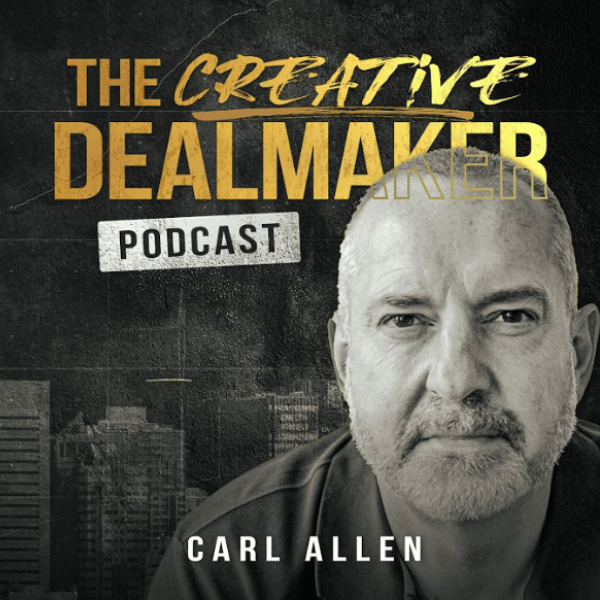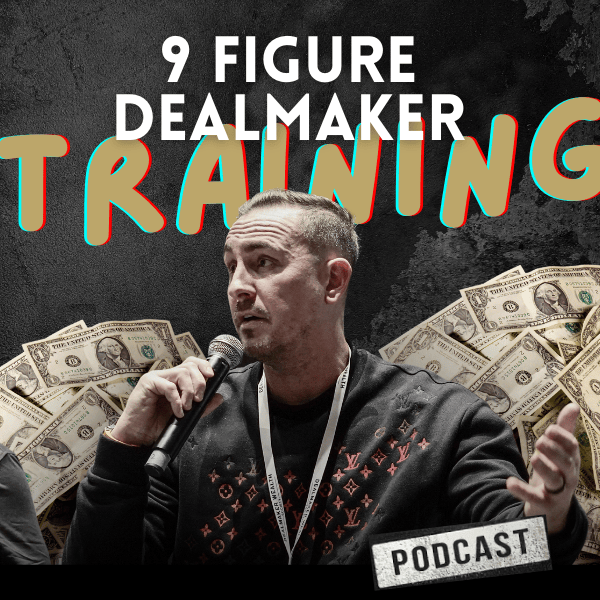
I absolutely love answering questions and helping people do deals.
That’s why I started a business to help other people buy businesses – without using any of their own money.
One question I get asked a lot gets to the very core of the deal structure we teach at Dealmaker Wealth Society…
How do you fund a leveraged buyout (LBO) deal?
So that’s what we’re going to talk about today. By the end, you’ll have all the knowledge and confidence you need to get your deal financed and secured.
There are four components of financing an LBO. Let’s run through them.
1. Always start with the existing debts/liabilities in the business
It may seem strange, but this is a huge part of the funding mix. Why? Because as the buyer of the business you inherit those liabilities.
There’s no point raising financing to pay the seller, who will then use that money to pay off the liabilities in the business before handing you the keys. It’s a waste of time.
Inheriting the existing debt can (in some cases) be sufficient to take over the business. Think: buying a house with no equity in it.
2. Seller financing and earn-outs
The most efficient way to give the seller money for the business is to pay them over time, also known as seller financing.
This is done using the profits generated by the business (monthly, quarterly, annually) that turn into cash flow. You take some of that for yourself, use some of it pay the seller for the business and use the rest to grow it.
Earn-outs are bonus payments contingent on the business hitting certain financial performance metrics – revenues, profits, free cash flow, etc.
They can also be tied to event-based measures like number of new customers or customers retained, orderly transfer of accounts, retainment of staff, etc.
3. Asset-based lending
To make a closing payment, to actually satisfy the seller and buy the business, you need to raise capital. Sometimes in an LBO situation, this can simply come from the surplus cash in the business – the cash in the bank minus the cash you need to operate the business.
In fact, I’m closing a deal in the next 24 hours where that is exactly the case. The closing payment is only the surplus cash.
Beyond that, you can also use the assets in the business to raise financing. Be sure to look at the big four…
- Accounts receivable (or trade debtors in the U.K.)
- Real estate
- Fixed assets and equipment
- Inventory.
You can also raise financing on the strength of the business’ cash flow, especially if it’s recurring cash flow. The SBA 7(a) loan is a good source for that – but only for deals in U.S.
4. Equity
If you max out the first three options and there’s still not enough to get the deal done, you now have three choices:
- Negotiate down the closing payment and increase the seller financing to balance out the deal (simply extend the term of payment).
- Throw in the towel and move onto another deal.
- Raise equity (cash in exchange for an ownership stake) to supplement the asset financing to make the closing payment.
Raising equity has both positives and negatives. On the positive side, it gives you a partner.
If you partner with an angel investor who knows the industry in which you are buying, they can be a valuable resource for you. (Your investor may play golf with your biggest target customer, for instance.)
On the negative side, equity investment will dilute (lower) your overall ownership since you are selling part of it to finance the deal.
Let’s assume you were put in the position to sacrifice 30% of the business ownership.
My take on this is simple.
It’s better to own 70% of something – especially if the equity partner can help you – than 100% of nothing.
Here’s an example…
Assume the business is making $200,000 in profit and the seller wants a 2.5X multiple – or $500,000.
How can we get this done?
Well, the business has $100,000 in existing debts – that’s step 1.
Now, the seller is prepared to split the rest 50/50 – a $200,000 closing payment and $200,000 in seller financing (say, $50,000 a year for four years) – that’s step 2.
The business also has $300,000 of assets – assume it’s 50% loan-to-value (it varies depending on the asset class) and the financier gives you a term sheet for $150,000 – that’s step 3.
Which leaves you $50,000 short.
What are your options?
- Can you negotiate the deal to $450,000 and hold the closing payment at $150,000?
- Or… Is there $50,000 of surplus cash in the business you can use?
- Or… Can you pay the extra $50,000 in 90 days, when more business will have flowed in to generate additional cash?
- Or… Can you add the $50,000 to the seller financing, maybe add another year to the seller financing term?
There are multiple ways to plug the gap.
And if your seller is highly motivated, you may be closer to a deal than you think.
So those are four ways you can finance any LBO deal.
As I said, I love helping people do these types of deals.
There are different ways I can help you learn and apply these strategies to secure for yourself a cash flowing business.
I recommend considering jumping in with me here.
Until then, bye for now.
Carl Allen
Editor and co-founder, Dealmaker Wealth Society
















